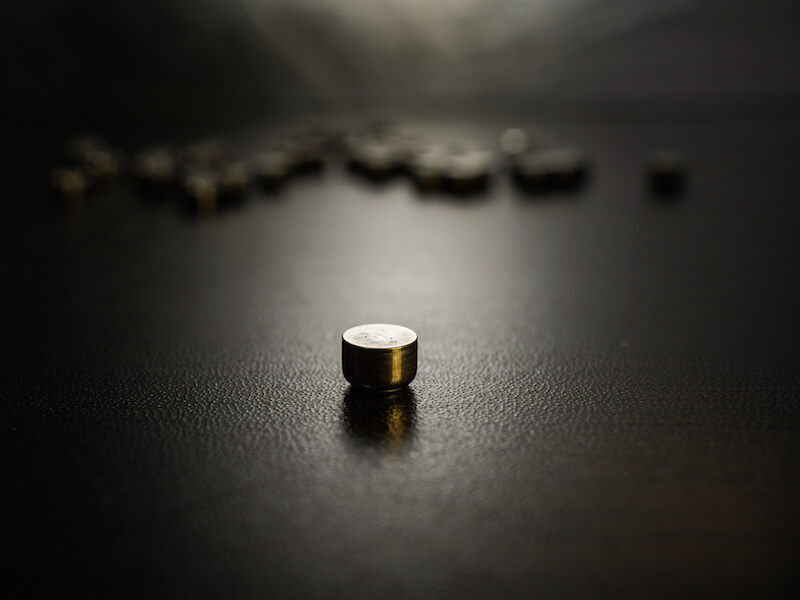
From cameras to phones to music players, how we power our electronics has progressed. For decades, those looking to manage hearing loss have wished for a similar advancement, and the industry is finally recognizing the promise of a powerful rechargeable hearing aid battery.
Size 312 batteries are the most common of the disposable batteries that have typically been used to power hearing aids. The most popular form of this battery, now, is “zinc-ion”.
The Drawback to Disposable Hearing Aid Batteries
As the name would indicate, a zinc-air battery is impacted by the presence of air. The user needs to tear a small tab off the back of a 312 zinc-air battery in order to activate it.
They will start losing power as soon as they are fully oxygenated. That means power is start to drain whether the user is ready for it or not.
Most users regard the duration of life to be the greatest disadvantage of disposable batteries. With 312 batteries, the user could be changing the batteries in their hearing aids around 120 times each year because they drain in 3 to 12 days according to some reports.
Because of this, besides needing to purchase 120 batteries, the user will have to switch and properly dispose of batteries at least two times a week. From a cost perspective alone, that likely means over $100 in battery costs.
Improvements in Rechargeable Batteries
Rechargeable hearing aid technology has advanced to the point where it’s now a practical solution and that’s good news for people who wear hearing aids.
The vast majority of individuals would wear rechargeable hearing aids if given an option according to various studies. Previously, these models were impractical because they didn’t hold a charge long enough. But today’s rechargeable batteries will last all day without needing a recharge.
Users won’t see substantial cost benefits by switching to rechargeable batteries, but where they will see a demonstrated improvement is in quality of life.
In addition to supplying 24 hours of charge time, these contemporary models lead to less frustration for the user, since there’s no more changing and correctly disposing of batteries. They simply need to place the battery on the charger.
A disposable battery approaching the end of its life simply can’t operate at full capacity. There’s also no real way to identify how near to being inoperable the battery actually is. As a result, users chance putting themselves in a situation where their battery may die at a crucial time. A faulty battery will not only lead to a safety hazard, it could cause the user to miss out on key life moments.
Hearing Aids Come in Different Types
Rechargeable batteries come in a number of different materials, each providing unique advantages. The ability to hold a charge for 24 hours is one reason why integrated lithium-ion batteries are one worthwhile option that manufacturers provide. And smart-phones are powered by this same type of battery which might be surprising.
Another kind of modern rechargeable battery is a silver-zinc. This revolutionary approach was initially manufactured for NASA’s Apollo moon missions. You can even use this technology to upgrade and retrofit the existing hearing aids you’re comfortable with by converting the device to rechargeable power. Just like lithium-ion, silver-zinc can also supply enough power to last you all day.
There are also models that allow you to recharge the hearing aid without removing the battery at all. For these, users will slip the entire hearing aid on a charging station when they sleep or during another time when the device is not in use.
Whichever option you decide on, rechargeable batteries will be significantly better than disposable batteries. You just have to do some research to decide which solution is best for your needs.
If you’re searching for more information about hearing aid technology or how to select the proper hearing aid to meet your needs, we encourage you to look at our hearing aids section.

